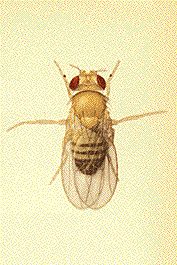Molecular evolution and neutral theory - Why are Kimura's arguments flawed?

Kimura assumed that selection operates independently at each locus
The impossibly high figures for segregational and substitutional loads arose because an estimate for the load at one genetic locus was raised to the power of the number of loci (or of polymorphic loci) in the whole genome.
In the calculation of segregational load in fruitflies, the average fitness reduction per locus, was raised to the power 3000, for the 3000 loci that may be polymorphic in a fruitfly population. This assumes that selection operates independently at each locus. The effect on a fly’s fitness of a homozygote is independent of whether the other loci are homozygous or heterozygous.
The issue of whether every locus independently influences an individual's fitness depends on how 'atomistic' or 'holistic' a view one takes of biological organisms. If organisms like fruitflies are atomistically organized into many self-contained subunits, then each inferior genotype will contribute to a loss of fitness in a linear manner. If they are holistically organized, with multiple overlapping subsystems that can compensate for one another, then it is likely that there is some 'decreasing return' to extra good genotypes. Whether it is enough for selection to explain the observed levels of molecular variation is an open question.
The main point is that Kimura assumed that each genotype contributed individually to the organism's loss of fitness. To the extent that organisms are holistic, Kimura's argument for neutralism is weakened.
The image opposite is of aDrosophila melanogaster, a species which geneticists have studied intensively.
| Next |



